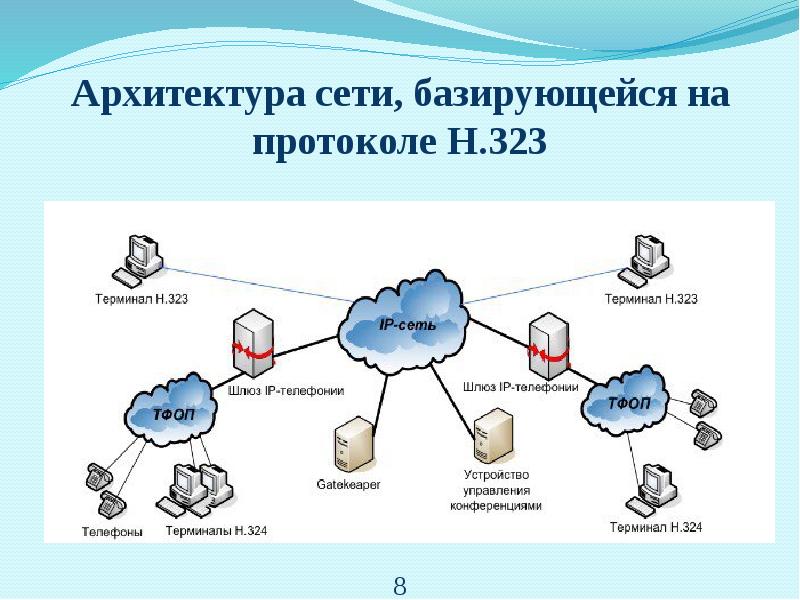H.323: The Backbone of Modern IP Telephony

In a world where every word can be heard across continents in seconds, H.323 stands at the inception of global digital communication. This protocol isn't merely a scientific term—it's the foundation of IP telephony networks that engineers and administrators around the globe study to keep their finger on the pulse of cutting-edge technology.
History and Development:
H.323 was developed and put into operation in 1996 by the International Telecommunication Union (ITU-T) with the aim of providing reliable and stable standards for video conferencing and internet telephony. These early efforts laid the groundwork for the internet to transform into a unified global communications network.
Technical Description and Use:
In practice, H.323 is a set of rules governing the implementation of audio, video, and data over IP networks. The protocol outlines components such as terminals, gateways, and zones of control that ensure compatibility and coordination between various devices and networks. It is based on the use of data packets for information transfer, making it ideal for digital communication.
Advantages and Disadvantages:
The H.323 protocol offers phenomenal flexibility and scalability, allowing companies to connect different communication systems within a single network. However, its reliance on constant quality internet connection and potential compatibility issues can pose obstacles for implementing systems based on it.
Real-Life Case:
To illustrate the benefits of using H.323, consider its application within a global corporation with offices in different countries. Using the H.323 protocol to standardize communication between branches allowed the organization to reduce communication costs and improve the quality of video conferences.
Expert Quotes:
"The H.323 protocol is not just technology—it's the key to global interactive communication," notes John Meyer, a leading telecommunications analyst.
Alternative Perspectives:
Nevertheless, some experts wonder about the safety of H.323 in the era of cyber threats. Additional security layers such as encryption and authentication are essential to prevent unauthorized access and data leaks, ensuring this established communication protocol keeps evolving within the modern security landscape.
To ensure the security of data, additional layers of security such as encryption and authentication are required to prevent unauthorized access and data breaches.
Conclusion:
H.323 has transformed from merely a technical standard to a true giant in the digital communication realm. It plays a pivotal role in uniting people and businesses into a cohesive global network, offering unprecedented collaboration opportunities. Despite certain limitations and challenges, the future of communication clearly belongs to H.323, a protocol that continues to adapt and evolve in response to the ever-changing demands of the digital world.

